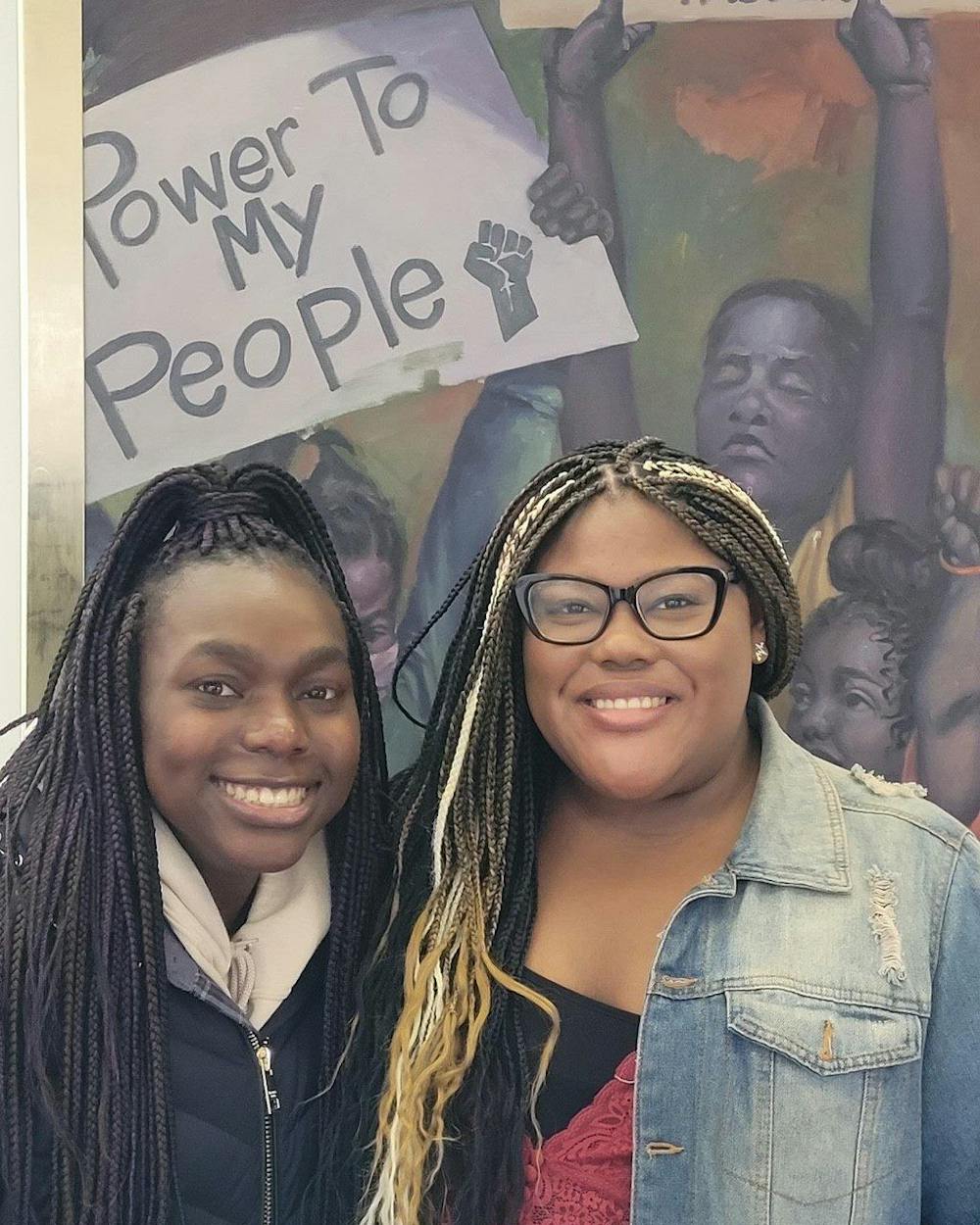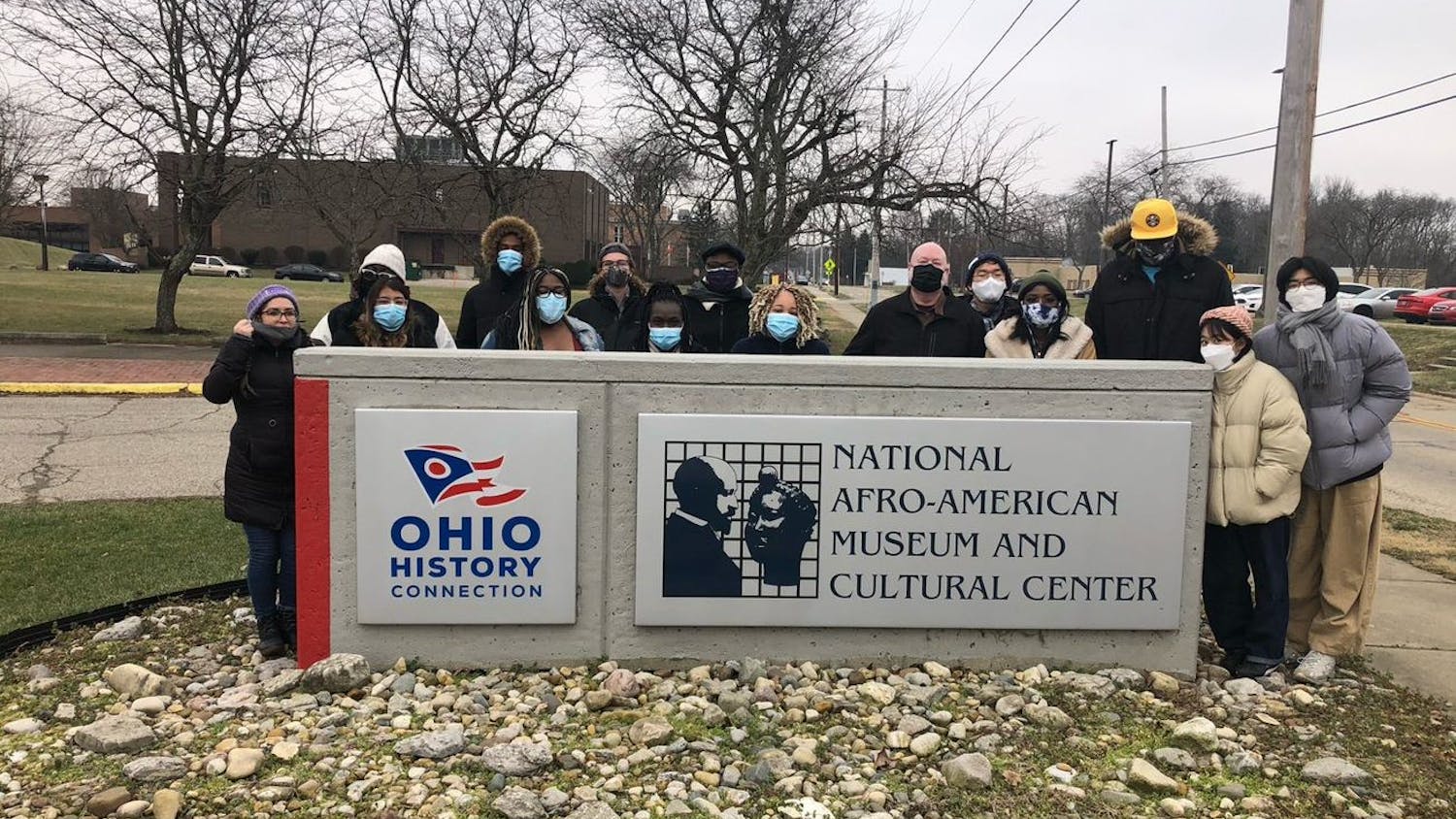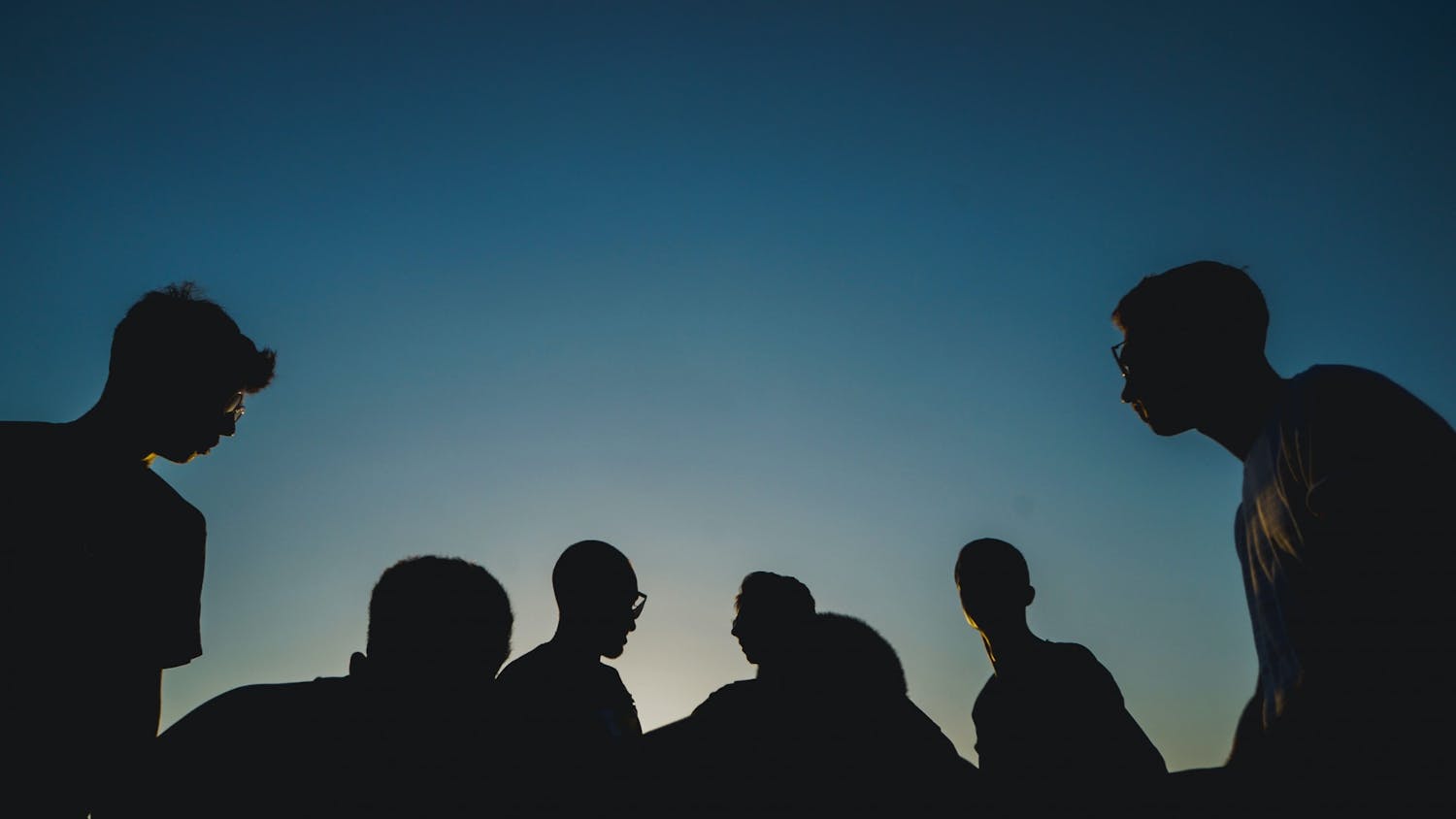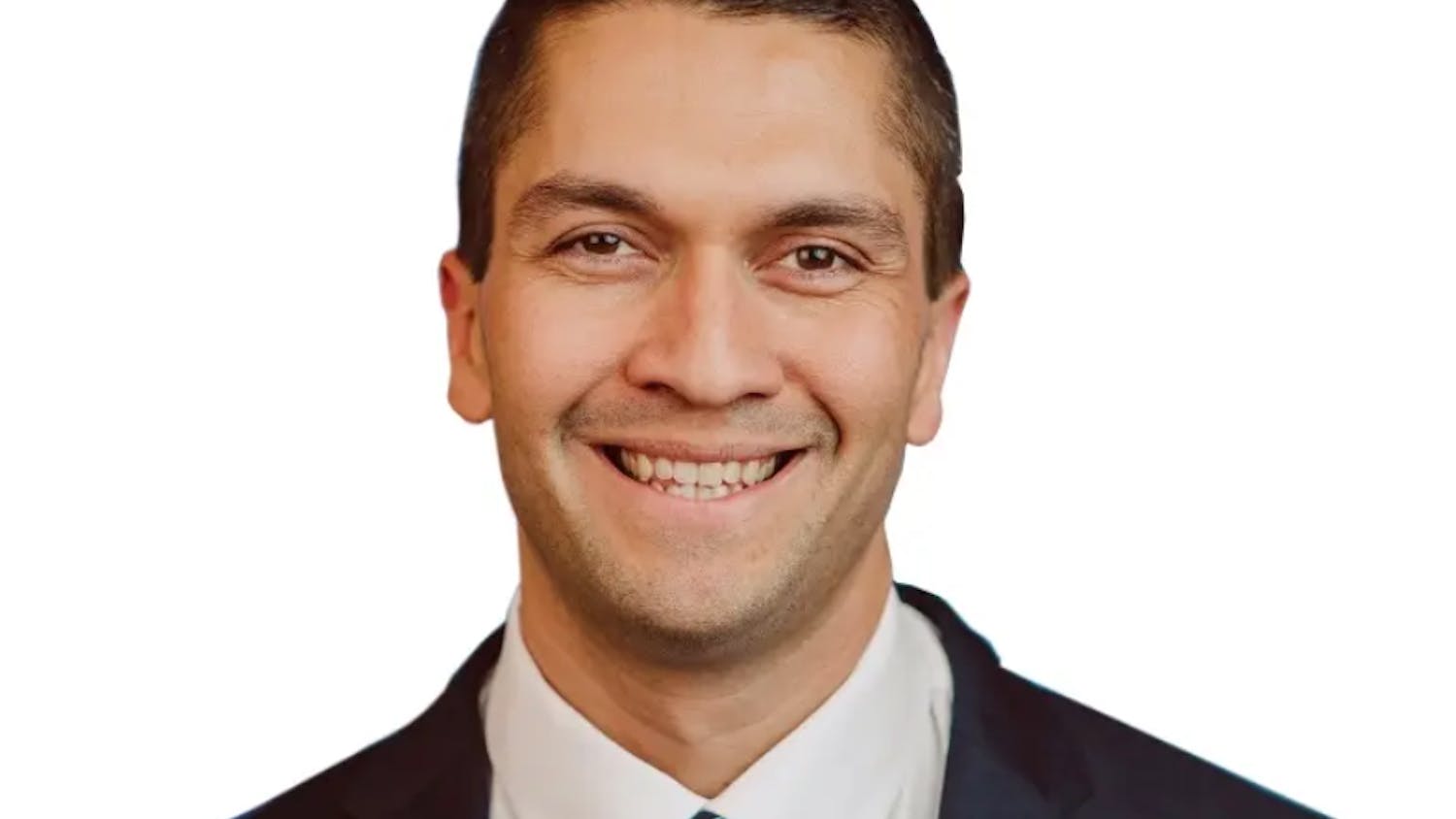On Jan. 14, a busload of Taylor students seized the opportunity to step outside of their comfort zones.
A whirlwind one-day tour to Wilberforce, Ohio offered the group a chance to explore the National Afro-American Museum and Cultural Center (NAAMCC), Wilberforce University and Central State University.
The trip, organized by the Office of Intercultural Leadership and Church Relations (ILCR) in coordination with the Office of Intercultural Programs (OIP), was an invitation for the Taylor community to engage with and honor Black History Month by stepping into experiences that prompted reflection on both past and present realities.
While the trip was a first-encounter for many in the group, it was not a new experience for the man spearheading the tour. Rev. Greg Dyson, vice president for ILCR, lived near NAAMCC for several years and has organized hundreds of trips for high school and college students in the past.
“The inspiration for this trip was that as a Black American who was young, but alive during the life of Martin Luther King Jr., I have always been amazed at how little I know about history involving Black and Brown peoples,” Dyson said. “This museum is a substantial way to understand and view the position of many who helped build the United States of America.”
After opening its doors to the public in 1988, the NAAMCC quickly established its presence as one of the first national museums dedicated to the mission of chronicling lived realities of the African-American nation — from their African roots to the present day. The NAAMCC offers visitors both educational and experiential encounters with Black history through carefully-curated exhibits and programs that feature artwork, historical artifacts, manuscripts and photographs unique to the Black experience.
Taylor students were given a chance to explore the exhibits individually, followed by discussions with the curator and an exhibit creator who helped unpack the significance of the museum’s content.
According to OIP Student Adviser, Mike Miller, conversations with both the museum staff and members of the tour were a highlight of the trip.
“As students explored the museum for the first time, it was amazing to see their faces light up and say, ‘Mike did you know this?!’” Miller said.
For sophomore D’Nyla Harris, the most impactful moment of the trip proved to be “Behind the Mask: Black Power in Comics,” an exhibit which explores the history of Black comic book characters who, historically, were rarely featured as heroes. This exhibit, along with the museum’s artwork, changed Harris’ perspective on conversations surrounding her own culture.
“I was mind blown, because I didn’t grow up learning about race as a huge thing,” Harris said.
Sophomore Talique Taylor was also deeply impacted by what he experienced at NAAMCC. For Taylor, the opportunity to appreciate the influence of Black women in Ohio’s politics, public services, literature, arts and sciences was incredibly significant.
“I was also taken aback by the depth of history at the small African American history museum,” Taylor said. “It wasn't a large museum, but the attention to detail and the artifacts curated were quite impressive.”
Following their time at the museum, the group continued their tour at Central State University and Wilberforce University just a few miles down the road.
Founded in 1856, Wilberforce is the nation’s oldest private, historically Black university (HBU), named after the well-known abolitionist William Wilberforce. Formerly one of the destination points of the underground railroad, the university is rich with Black history and holds a depth of meaning for the Black community. For many, the university’s presence represents historical resilience and radical change in an era and nation that refused to recognize the freedom or education of Black people.
Wilberforce also acts as the parent institution of Central State University, one of the oldest Black-administered universities in the nation. The impact of both of these institutions on Taylor students and faculty was significant.
For Miller, the tours represented an opportunity to explore how other institutions of higher education approach holistic learning. For Taylor, the tours represented an encounter with history.
“I was deeply impacted by the visit to Wilberforce,” Taylor said. “Witnessing the first HBCU in the United States was an experience I will never forget. I really felt the weight of the history there.”
Although interactions with each of these institutions were relatively brief, the effects of those encounters will be felt by members of the trip for a long time to come. According to Dyson, the impact of the tour can already be seen.
“The change has already begun,” he said. “We are (not) guessing about history, but learning it. We are not separating Black history from ‘other history.’ Black history is part of American history. Also, we are learning about Black and Brown heroes. History is not just made up of sad stories of destruction and pain.”
Nevertheless, no trip is without flaws. Despite its overwhelmingly positive impact, the trip’s greatest weakness was likely the lack of diversity among members of the group. Although the invitation was extended to the entire student population, the majority of those who chose to participate are themselves members of the Black community.
Events of this nature are made richer when individuals of dissimilar backgrounds, cultures and experiences choose to engage a deeply nuanced conversation together. In other words, the trip is better when you are there.
The next time an invitation is extended, consider saying “yes.”
“Take advantage of opportunities,” Miller said. “There is so much to see and so much to learn in the world and even down the street. Create a better you by learning, wrestling with and engaging in things not only outside the ‘Taylor Bubble,’ but outside your comfort zone. There are so many practical ways to do so, and it can begin with a simple step into OIP.”





